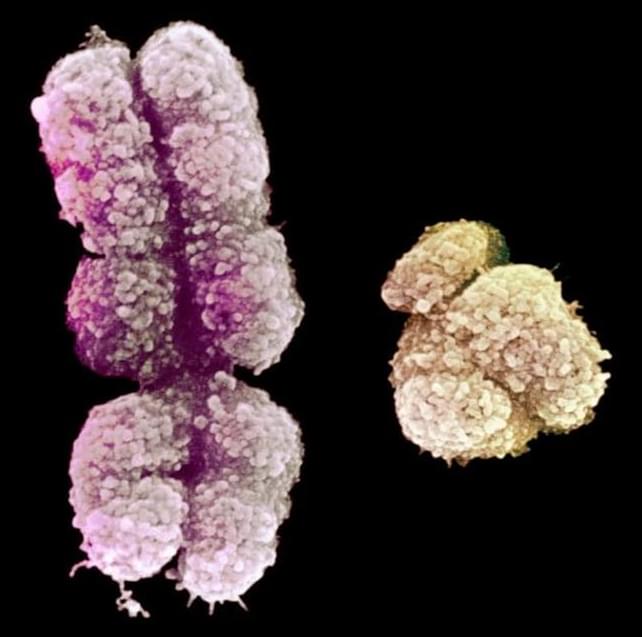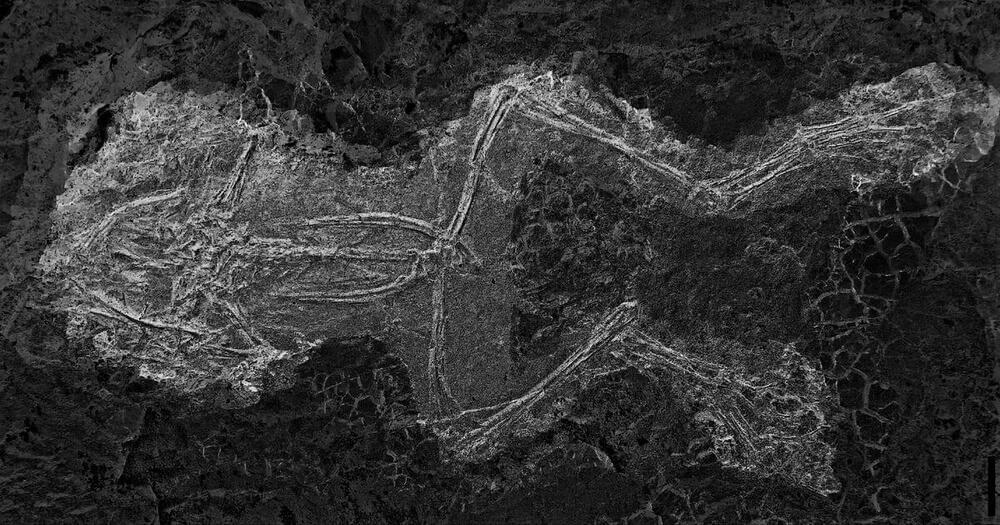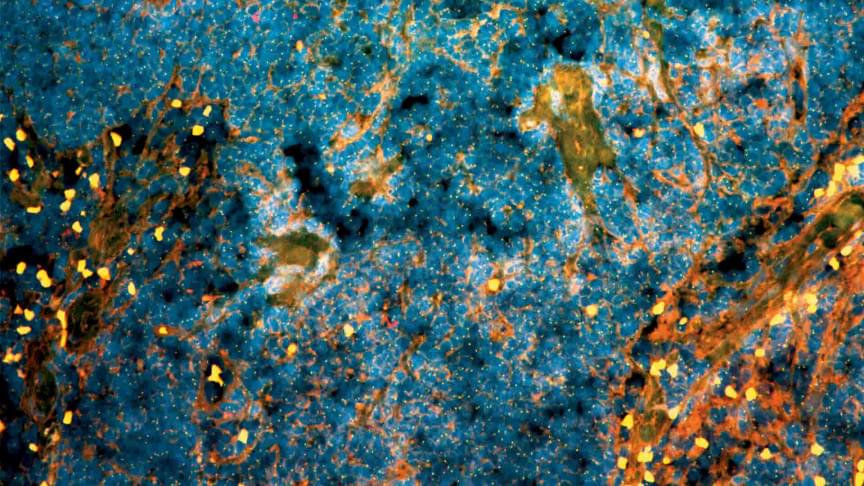July 20 (Reuters) — The World Health Organization (WHO) has confirmed 14,000 cases of monkeypox worldwide, with five deaths reported in Africa, Director General Tedros Adhanom Ghebreyesus said on Wednesday.
Most of the cases reported thus far have been found in Europe, particularly among men who have sex with men, the WHO said, although all the deaths have occurred in Africa, the region where monkeypox outbreaks have historically been found.
On Thursday, the WHO will convene the second meeting of a committee that will decide whether the outbreak is a public health emergency of international concern (PHEIC), its highest level of alert.





